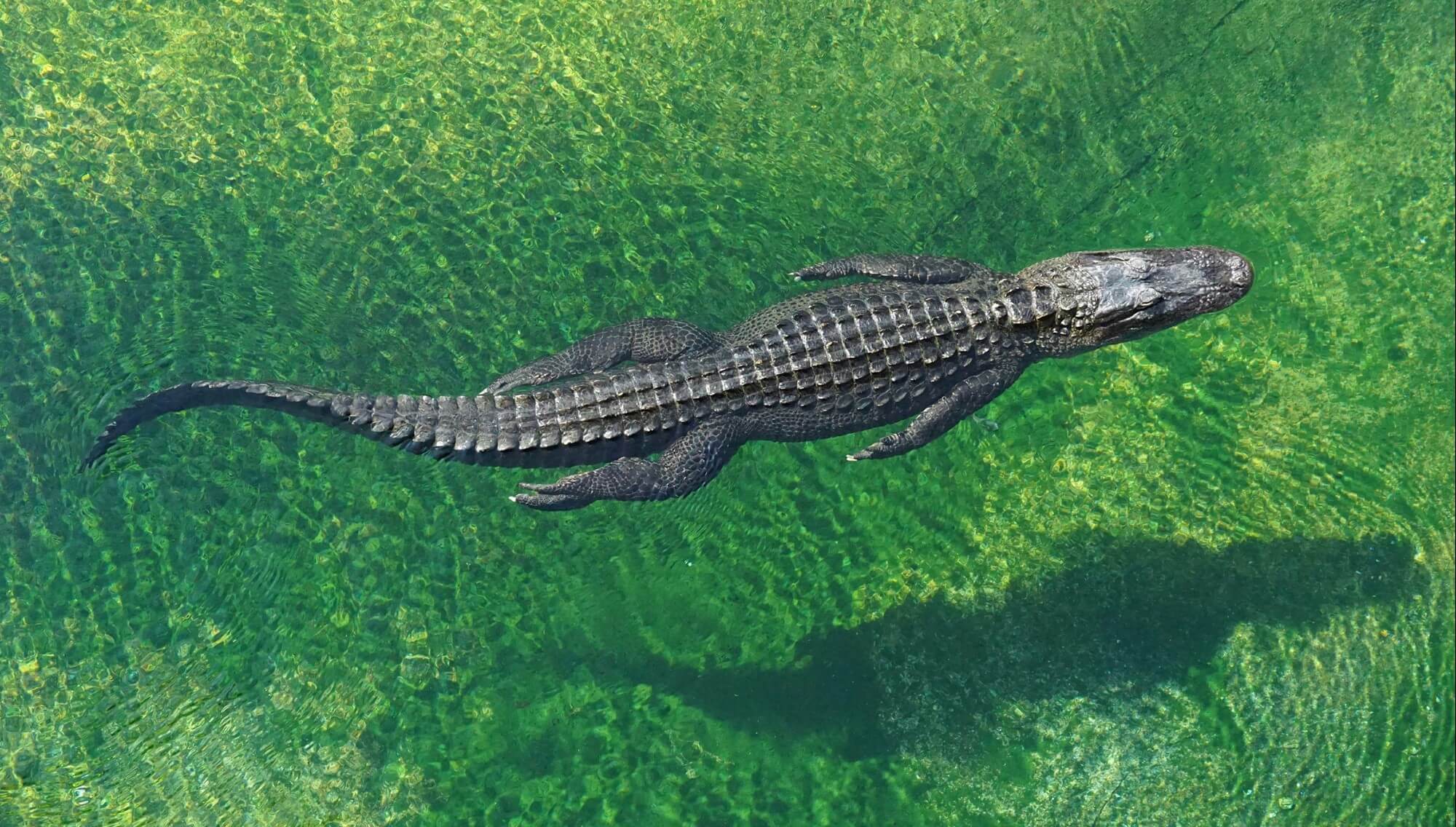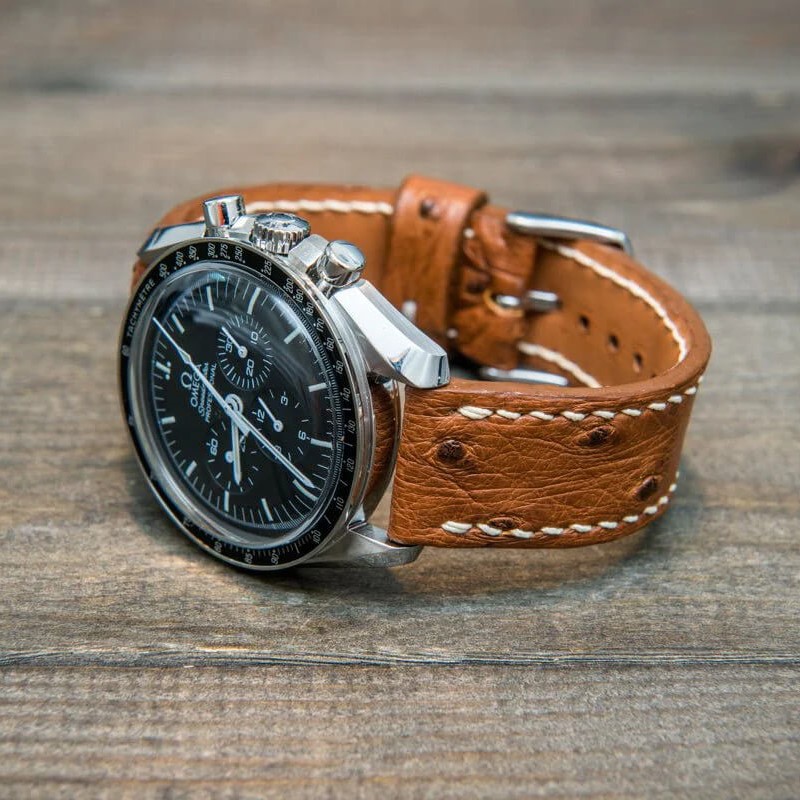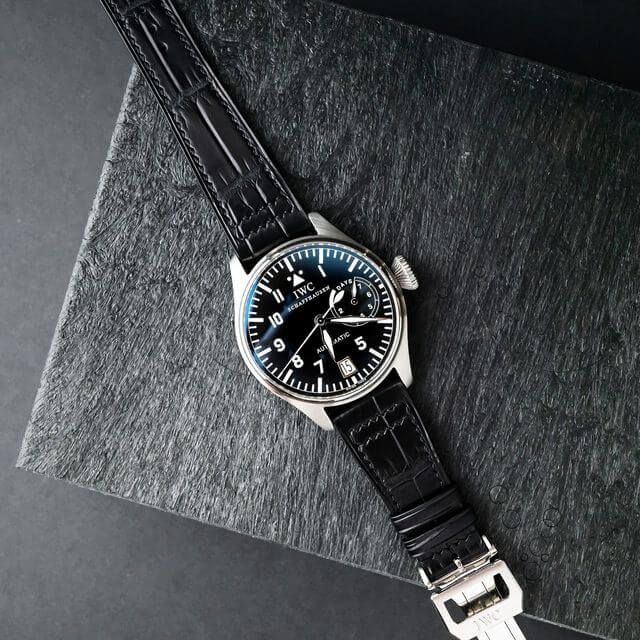Understanding CITES Agreement: Protected Species and Watch Straps
Have you ever wondered about the source of the leather material when you are buying a strap for your watch? How come that an artisan from Spain uses alligator leather, or that a store in the UK offers kangaroo straps? Enter CITES, the international agreement created to prevent the exploitation and endangerment of wildlife. The agreement regulates the trade of various species, including those used in the watch industry for manufacturing various leather straps.
![]() Nenad Pantelic • February 7, 2024
Nenad Pantelic • February 7, 2024

CITES stands for the Convention on International Trade in Endangered Species of Wild Fauna and Flora, an agreement with a singular goal: to ensure that international trade in wild animals and plants does not threaten their survival.
The agreement categorizes species into three appendices based on the level of protection they need. Species listed in Appendix I are considered to be the most endangered, and trade in them is highly restricted.
Species listed in Appendix II are not necessarily threatened with extinction but may become so unless trade is closely controlled.
Appendix III includes species that are protected in at least one country, which has asked other CITES parties for assistance in controlling trade.
Protected Animal Species
Many animal species whose hides are used for leather are protected under CITES due to concerns about their populations being threatened by over-exploitation. Some of these species include, but are not limited to, the following:
- Alligators and Crocodiles: Various crocodiles and alligators are listed under CITES, including the American alligator (Alligator mississippiensis) and Nile crocodile (Crocodylus niloticus).
- Pythons and Other Snakes: Certain species of pythons and other snakes, such as the reticulated python (Python reticulatus), are listed under CITES due to concerns about over-exploitation for their skins.
- Lizards: Some species of lizards, such as the Komodo dragon (Varanus komodoensis), are protected under CITES.
- Stingrays: Certain species of stingrays and skates are listed under CITES to protect them from over-exploitation for their skins.

CITES listings can change over time, so it is important to consult the most recent CITES appendices for up-to-date information on protected species.
You can find the comprehensive list of species categorized into three appendices by following the provided link:
https://cites.org/eng/app/appendices.phpHow CITES Agreement Affects the Strap Market?
CITES impacts the manufacture and sale of watch straps made from materials obtained from protected species in several key ways:
Permit Requirements: If a species used in the production of watch straps is listed under CITES Appendix I or II, then an export permit from the country of origin and an import permit from the destination country may be required.
Regulated Trade: CITES places restrictions on the international trade of products made from certain species, especially those listed in Appendix I and II. This means that businesses involved in the sale of such products must comply with these regulations to ensure legal and sustainable trade.
Documentation: To legally trade products made from CITES-listed species, including exotic skins used in watch straps, proper documentation is essential. This documentation verifies the legal origin of the materials and ensures compliance with CITES regulations.

You Can Make an Impact
Pressure from us, buyers, can help. When considering the purchase of a watch strap made from exotic skins, especially those regulated by CITES, you should research the seller to ensure that the product is legal, ethically sourced, and in compliance with international regulations. Here are some steps we can take to examine the seller:
Step 1: Inquire About the Manufacturing ProcessAsk the seller about their manufacturing process and whether it aligns with ethical and environmentally friendly standards. A responsible seller should be willing to share information about their production methods.
Step 2: Research the Origin of MaterialsUnderstand the origin of the exotic skins used in the watch strap. Sellers should be transparent about the sources of their materials and be willing to provide information on how they ensure the ethical and legal procurement of these materials.
Step 3: Check Certification and LabelsLook for certifications or labels that indicate adherence to ethical and sustainable practices. Some organizations provide certifications for products made from responsibly sourced materials, and these can serve as an assurance of the product's legitimacy.
Wonderful Examples of Companies Demonstrating Transparency in Leather Material Sourcing
Here is a short overview of how some companies describe their manufacturing processes for watch straps made from exotic skins:
ABP Concept states that they only use allowed leathers registered in CITES. Additionally, they mention a commitment to a manufacturing process that respects the environment as much as possible.
Artisan Straps ensures that their crocodile hides are sourced ethically from sustainable farms. Each crocodile hide comes with a certified CITES tag, indicating compliance with international trade regulations.
Fin Watch Straps highlights the use of premium certified alligator leather for their watch straps. They point out qualities such as softness and durability, and they mention having European CITES certificates, indicating compliance with international trade regulations.
Jacob Straps emphasizes acquiring leather material with certificates. The company underscores the importance of making sure that the international trade of specimens does not threaten the survival of wild animals in their natural environment.
Jean Rousseau follows a strict ethical policy, committing to safeguarding endangered species by adhering to CITES regulations. The company has an internal ethical code and explicitly mentions refusing to use certain types of hides, such as horsehide, elephant hide, sealskin, and other wild or domestic skins.
LIC Leather expresses a commitment to the planet and ethical sourcing of skins. The company strictly follows CITES agreement. LIC leather sources exotic hides and skins from breeding farms approved by the US Fish & Wildlife Service, with regular audits to ensure continuous adherence to ethical codes and values.
Closing Words of Encouragement
The importance of the CITES agreement in regulating the sourcing of materials for watch straps cannot be overstated. As consumers, we hold power in shaping the practices of the companies we support. By refusing to purchase from companies that do not ethically source their materials, and by actively pressuring brands to comply with CITES regulations, we can contribute to the protection of endangered species and promote sustainable practices within the industry.
Also, companies should demonstrate transparency in their sourcing processes and should collaborate closely with organizations dedicated to conservation efforts.
Together, we can work towards eliminating over-exploitation of species and making sure that manufacturing processes align with ethical and environmentally friendly standards. By collectively taking these steps, we can make a meaningful difference in safeguarding our planet's biodiversity for future generations.